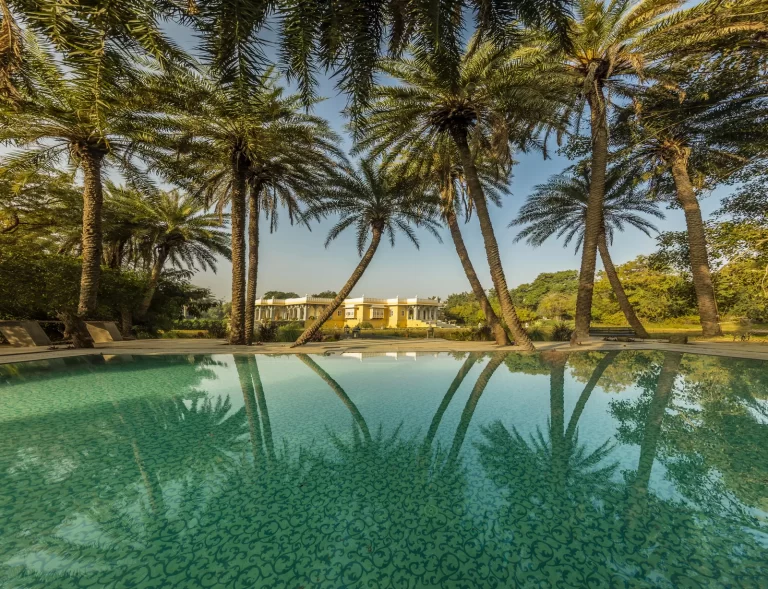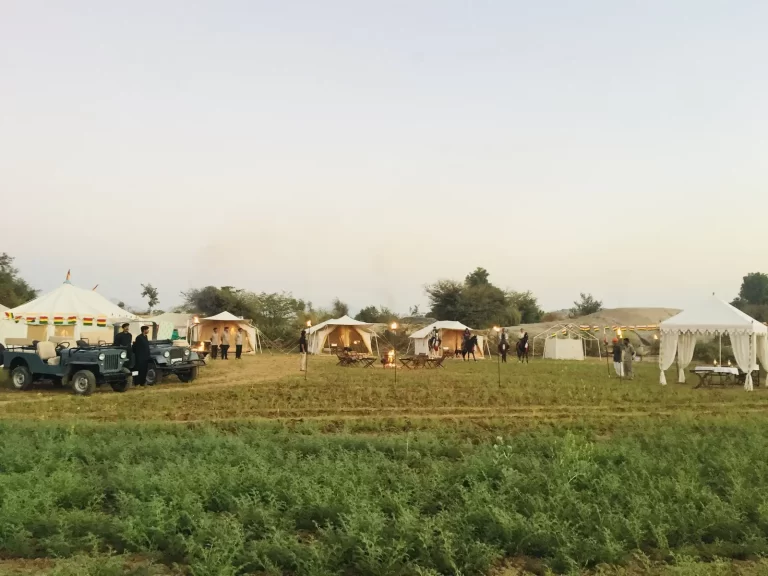The majestic and legendary Kumbhalgarh Fort crowns a pinnacle in the Aravalli Mountains. The most notable feature is its massive ramparts that undulate around the rocky plateau. Wide enough for eight horsemen to ride abreast, and 35 km long, it is said to be the second to only the Great Wall of China.
The fort, built in 1448 by Rana Kumbha of Mewar (after whom the fort gets his name), served him well as a sentinel cloaked in impenetrable forests, becoming a vital strategic asset against assaults from rulers of Delhi, Malwa and Gujarat. It’s massive ramparts, punctuated by hundreds of bunkers and battlements, eight massive gates and cascading defensive walls along the route up to the heart of the great fort acted as an effective deterrent to any invader.
The fort is located on a site traditionally associated with Samprati, a Jain prince of the 2nd century BC. The important temples within the fort are Pitaliya Mahadeva, Neelakantha, Bawan Devari and Golerao group attributed to the Jain pantheon. The most attractive building, though of later period, is the Badal Mahal.
The fortress was also the birthplace of the legendary warrior king, Rana Pratap. It is from Kumbhalgarh that he rode out on his famous steed, Chetak, for the battle of Haldighati against the army of the Mughal emperor Akbar.


